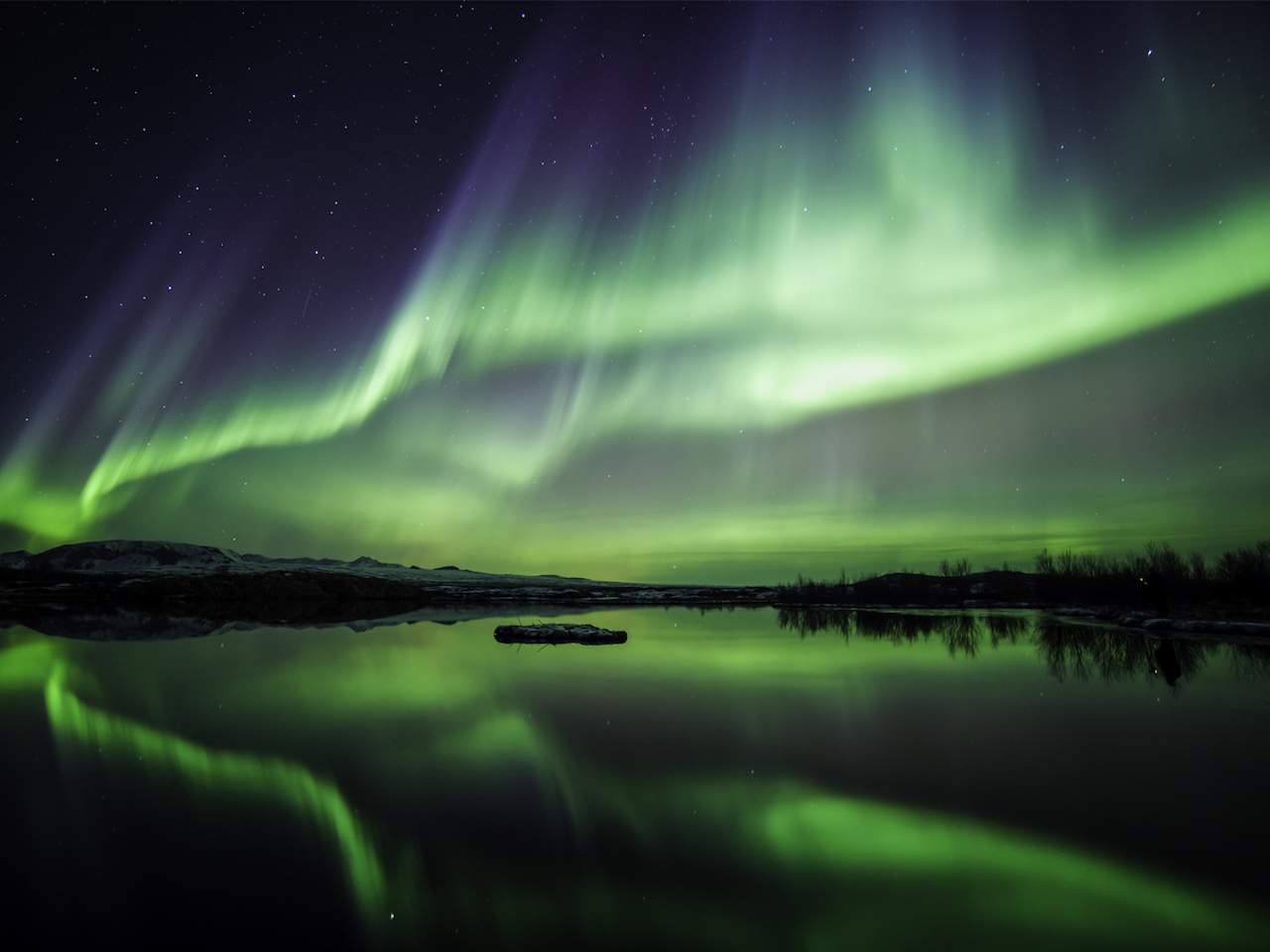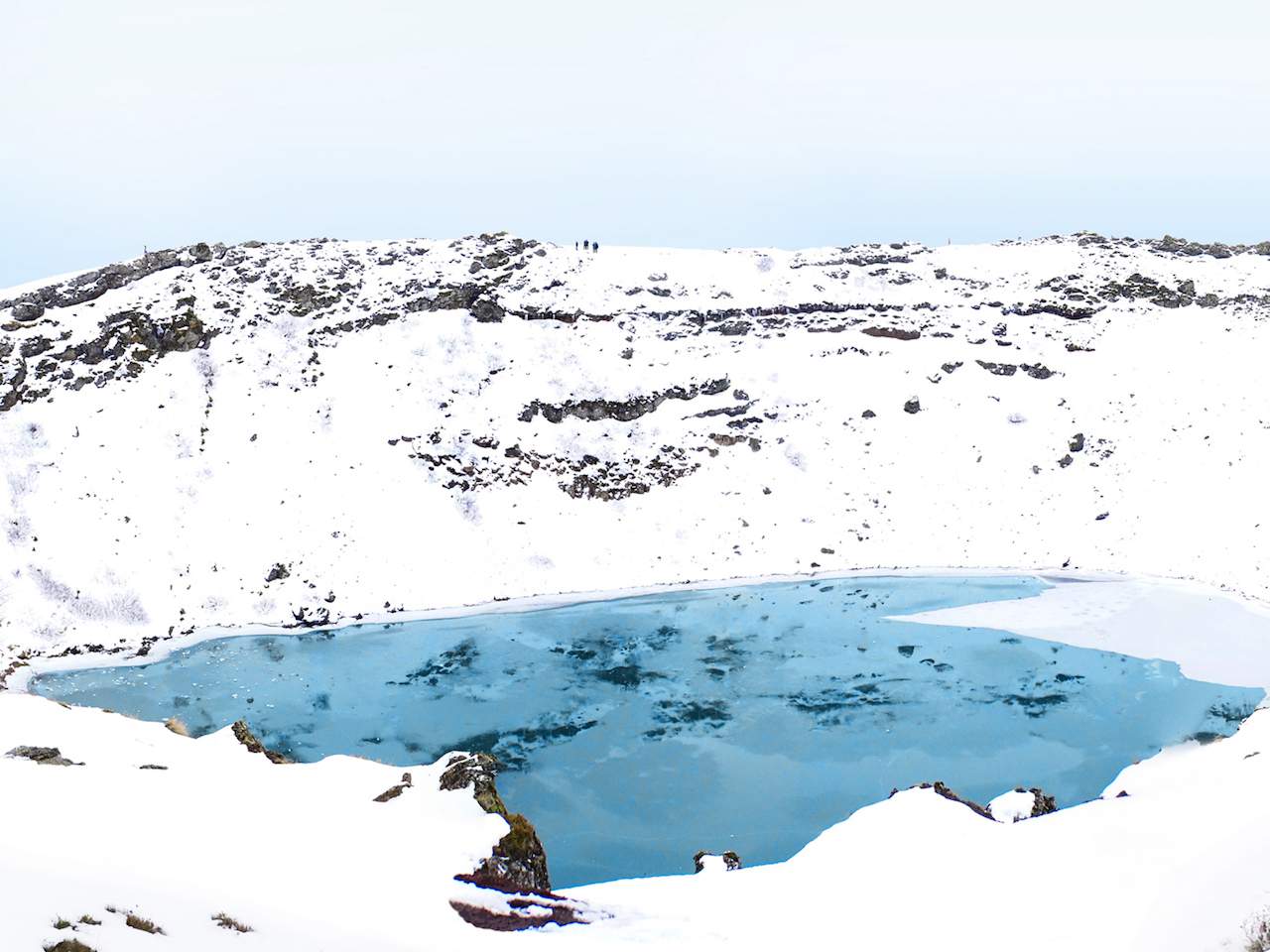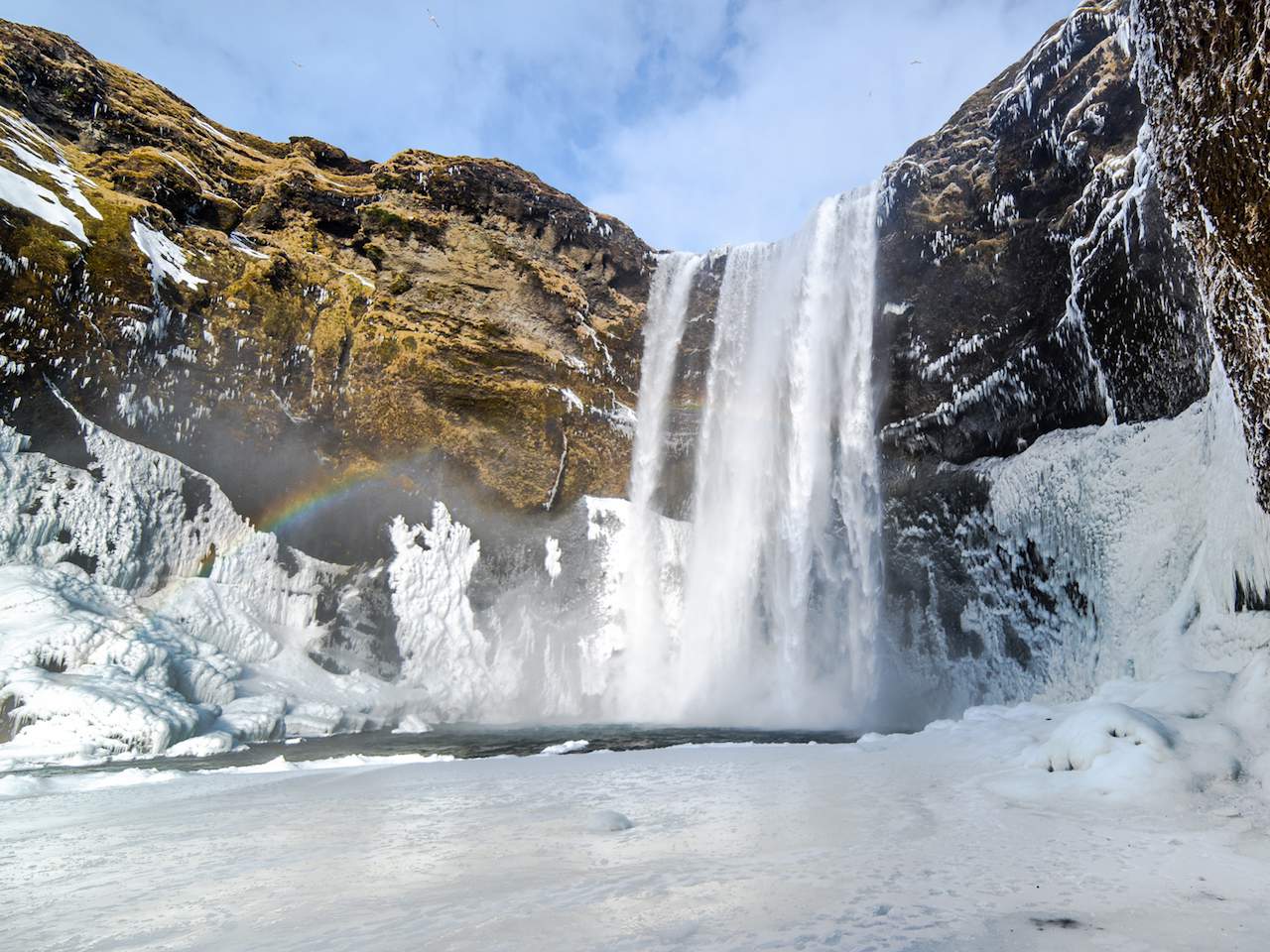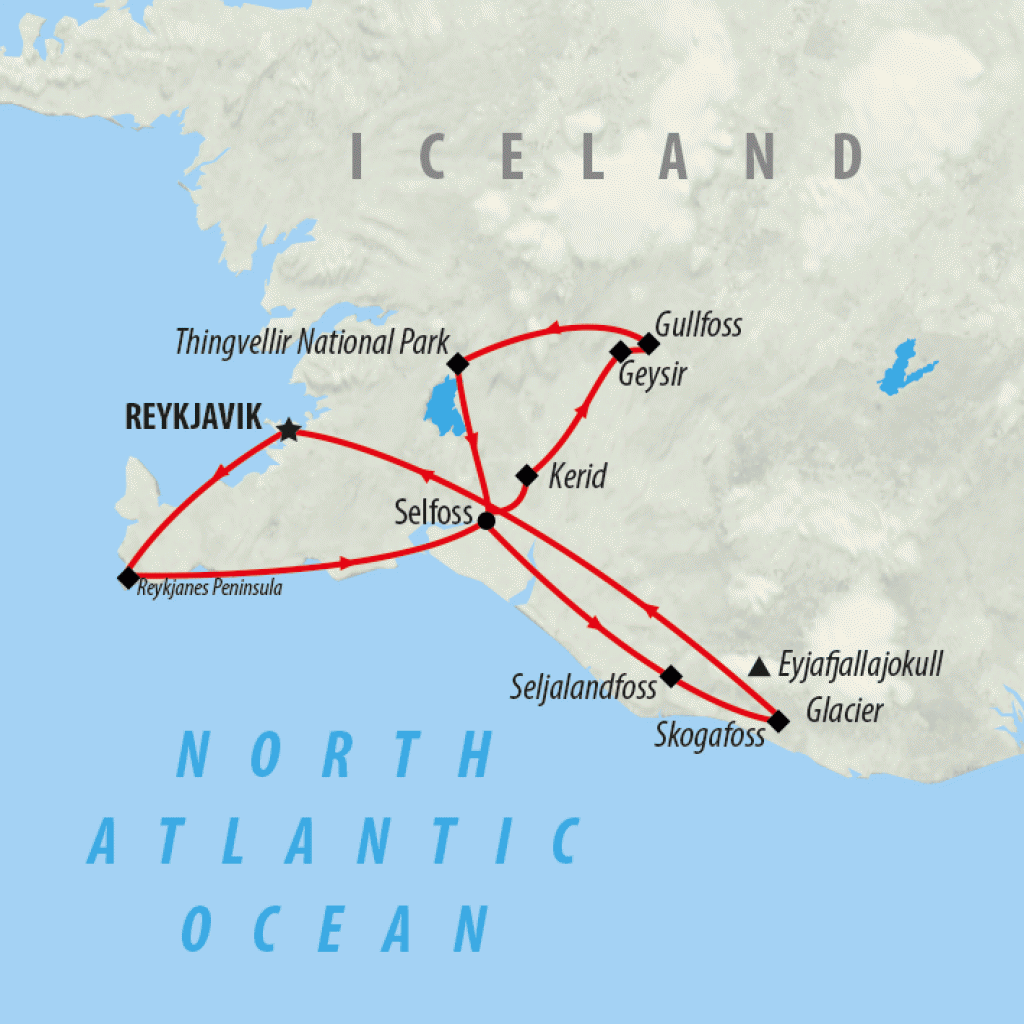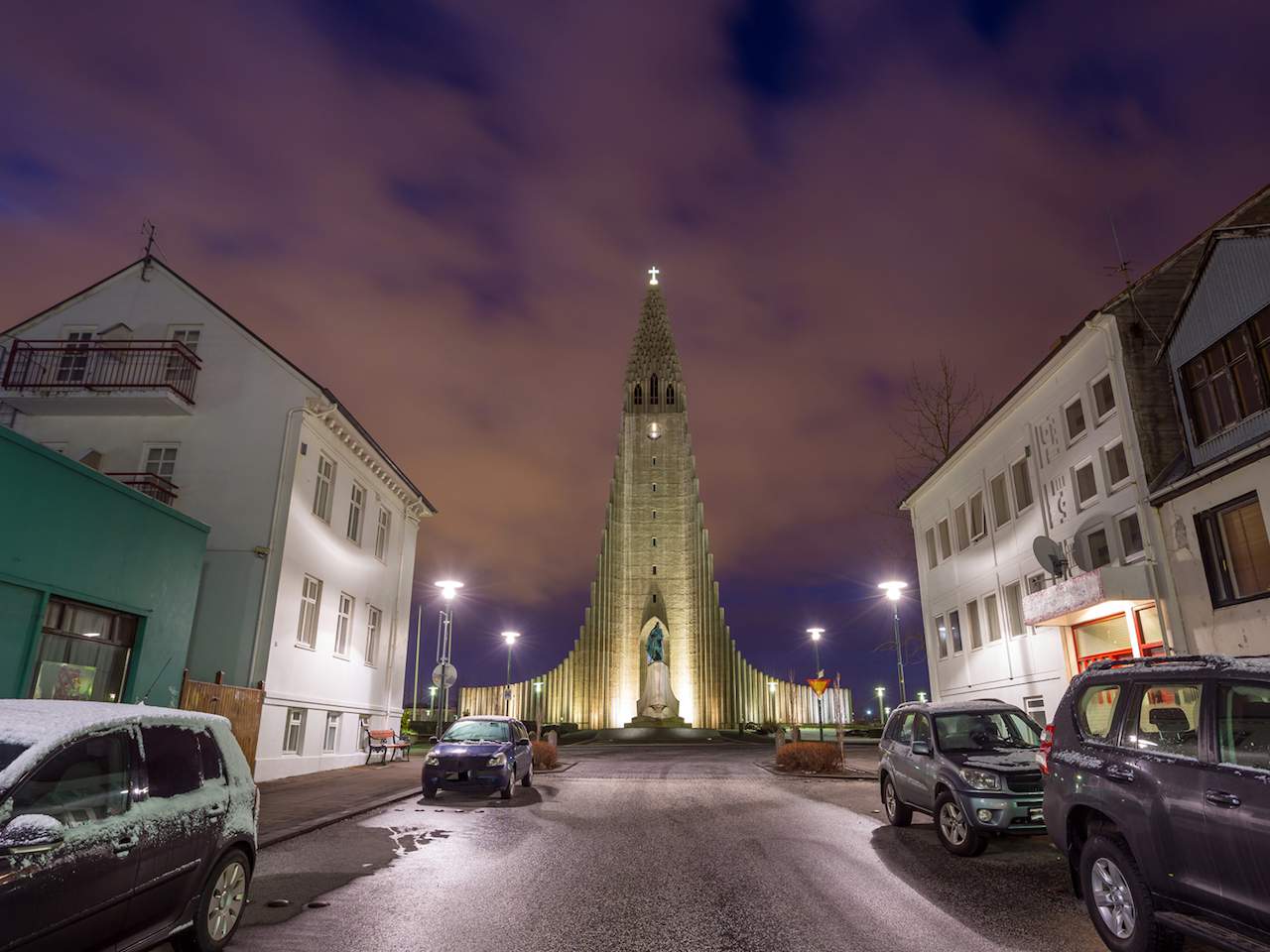Although just a tiny dot on the world map, Iceland is a country with attitude. It is known as “the land of fire and ice” due to its remarkable frozen glaciers and abundance of volcanoes. It also happens to be where the world’s most impressive waterfalls are.
We take a closer look.
Northern Lights in Iceland
Iceland’s biggest draw is the chance to see the Northern Lights. This natural phenomenon is a result of collisions between electrically charged particles from the sun that have entered the Earth’s atmosphere, creating images of coloured light dancing in the night sky. They are infamously tricky to predict, but to see them in person is a truly magical experience.
For the best chance of seeing them head to Scandinavia, and in particular southern Iceland where vast swathes of countryside are still untainted by pollution and overcrowding.
Hotel Borealis, located in the southern region of Úlfljótsvatn, offers one of the best vantage points to watch the Northern Lights. Not only is it tranquil and peaceful but the hotel has an outdoor hot tub where you can enjoy a glorious soak while watching the Aurora perform its dreamlike sashay through the sky.
Iceland’s Other Natural Wonders
Volcanoes are a photographer’s dream and Iceland has some doozies. The impressive volcanic crater lake, Kerid, located in the Grímsnes along the Golden Circle is filled with water and resembles an ancient amphitheatre. It is surprisingly large and the crater’s vast frozen depths are in vivid contrast to its snowy surroundings.
But there’s more: Europe’s most stunning waterfalls, including the lofty Seljalandsfoss and dramatic Skógafoss. The latter is most famous for its rainbow, which is almost always visible on sunny days as a result of vast quantities of water spray produced by the waterfall.
Iceland is also the home of the Geysir geothermal fields. The original geyser is now dormant, and has been replaced by Strokkur (Icelandic for “churn”) which erupts every 5-10 minutes.
What’s more, Iceland has some incredible national parks. Thingvellir National Park, a UNESCO World Heritage Site, has some stunning rock formations and is the site where the Icelandic parliament used to congregate hundreds of years ago.
How to explore Iceland in five days
Best time to go: January to March are the best time to see the Northern Lights.
Package tour: Our sponsors, On The Go Tours are offering a 5-day Northern Lights Express tour to Iceland for just £795 per person (based on two people sharing a room). Additional add-ons include a trip to the Blue Lagoon, a geothermal spa in Reykjavik.
What’s included: The tour includes visits to every site mentioned in this article as well as an afternoon in Iceland’s capital, Reykjavik. You’ll have numerous opportunities to see the Northern Lights, although keep in mind it is impossible to guarantee their appearance.
What’s more, you’ll get to sample some of Iceland’s culinary temptations with a delicious “BBQ under Borealis” at the Hotel Borealis. You’ll also get to try Brennivin, a local schnapps commonly known as ‘Black Death’ that is sure to warm the cockles of your heart.
The first departure date for the Iceland Northern Lights Express tour is 7 January 2018, with additional dates in February and March.

